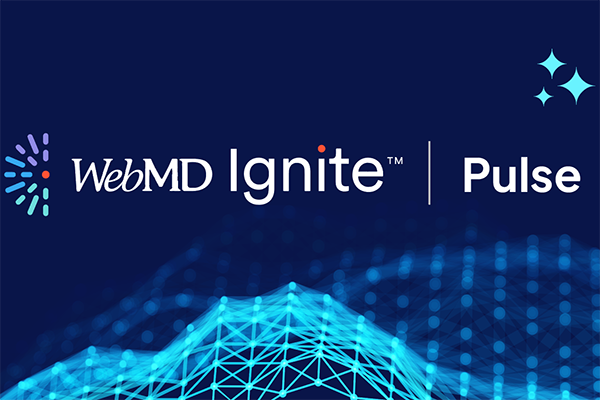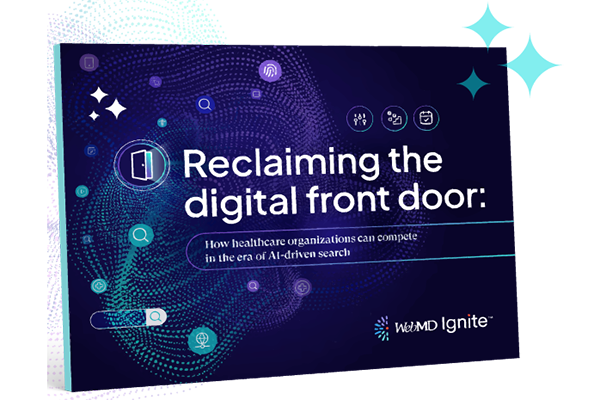Tools to increase health literacy
It’s a common complaint throughout medicine: there just isn’t enough time to really communicate with patients to understand their unique situations and create personalized treatment and wellness programs.
But the problem isn’t confined to the provider side—as medical care has grown more complex—and the internet has fueled an explosion in dubious health information that many people can’t distinguish from solid, evidence-based education. All of this means that providers find themselves dealing with a national crisis in health literacy.
Health literacy: An individual’s capacity to obtain, communicate, process, and understand basic health information.1
Health literacy is a critical skill to help patients understand diagnostic tests, understand risks and benefits, locate and evaluate credible health information, and communicate with health care providers. Health Literacy Month in October is designed to raise awareness of this critical issue and provide healthcare professionals with tools to improve their patients’ health literacy.
The need is clear. In the landmark 2003 National Assessment of Adult Literacy, 36% of adults had serious limitations in their health literacy skills. According to the Agency for Health Care Research and Quality, this poor health literacy is linked to:
- Increased risk of death, more ER visits, and increased hospitalization
- Increased use of home health care
- Between $106 billion and $238 billion in added healthcare expenditures every year2
Health literacy and shared decision making
The movement toward shared decision making is a positive and welcome step in patient-centered care. In this model, patients and their healthcare providers work closely together to make care decisions. Shared decision making assumes there may not always be a “right” answer to complex medical situations, but there is likely a solution that works best for a particular patient that will help ensure compliance and improve outcomes.3
Shared decision making’s success, however, depends on an effective partnership between the clinician and the patient—and it’s much harder to create that partnership in the context of low health literacy. Patients who don’t understand their disease are not in a good position to help make educated and informed decisions about their care and are more likely to refuse care or not follow treatment plans. This leads not only to mistrust in the medical system, but to worse outcomes and complications.
Various models have been proposed to address barriers to shared decision making. In the UK’s National Health System, the MAGIC program has installed posters in waiting rooms suggesting patients ask three simple questions:
- “What are my options?”
- “What are the benefits and harms?”
- “How likely are these benefits and harms to occur?”4
In the United States, the Mayo Clinic has created the Mayo Clinic Shared Decision Making National Resource Center, which provides aids and tools designed to improve patient health literacy and promote shared decision making. Simple tools offered through the center encourage patients to learn more about issues like whether they should take an aspirin or statin to reduce the risk of a cardiac event or which diabetes medication is best for them.
At Dartmouth-Hitchcock in New Hampshire, the Center for Shared Decision Making is celebrating 20 years of providing tools, education, and programs that encourage shared decision making. The center has created toolkits that providers can use as resources to encourage shared decision making and improve their patient’s health literacy.
Improving health literacy
If health literacy is the foundation of effective shared decision making, then having access to tools improving health literacy becomes more important for providers. A number of resources are available that can help:
- The Agency for Healthcare Research and Quality’s Health Literacy initiative. This comprehensive resource includes training materials for clinicians, tools for researchers, case studies, and literacy frameworks and models.
- The Joint Commission’s health literacy resources. The Commission’s monograph, Addressing Effective Communication, Cultural Competence, and Patient- and Family-Centered Care: A Roadmap for Hospitals, recommends best practices and strategies hospitals can use to support their patients’ health literacy.
- The Centers for Disease Control and Prevention’s toolkit on improving literacy. The CDC’s page offers links to a wide array of resources for improving health communication.
The goal of all these tools is to help providers create educated patients who can be more effective partners in their own care, improving not only their own health but the overall performance of the health care system.
References:
- The Joint Commission. Helping Organizations Address Health Literacy.
- National Network of Libraries of Medicine. Health Literacy.
- National Learning Consortium. Shared Decision Making.
- Stiggelbout AM, Van der Weijden T, De Wit MP, Frosch D, Légaré F, Montori VM, Trevena L, Elwyn G. Shared decision making: really putting patients at the centre of healthcare. BMJ. 2012 Jan 27;344:e256.





